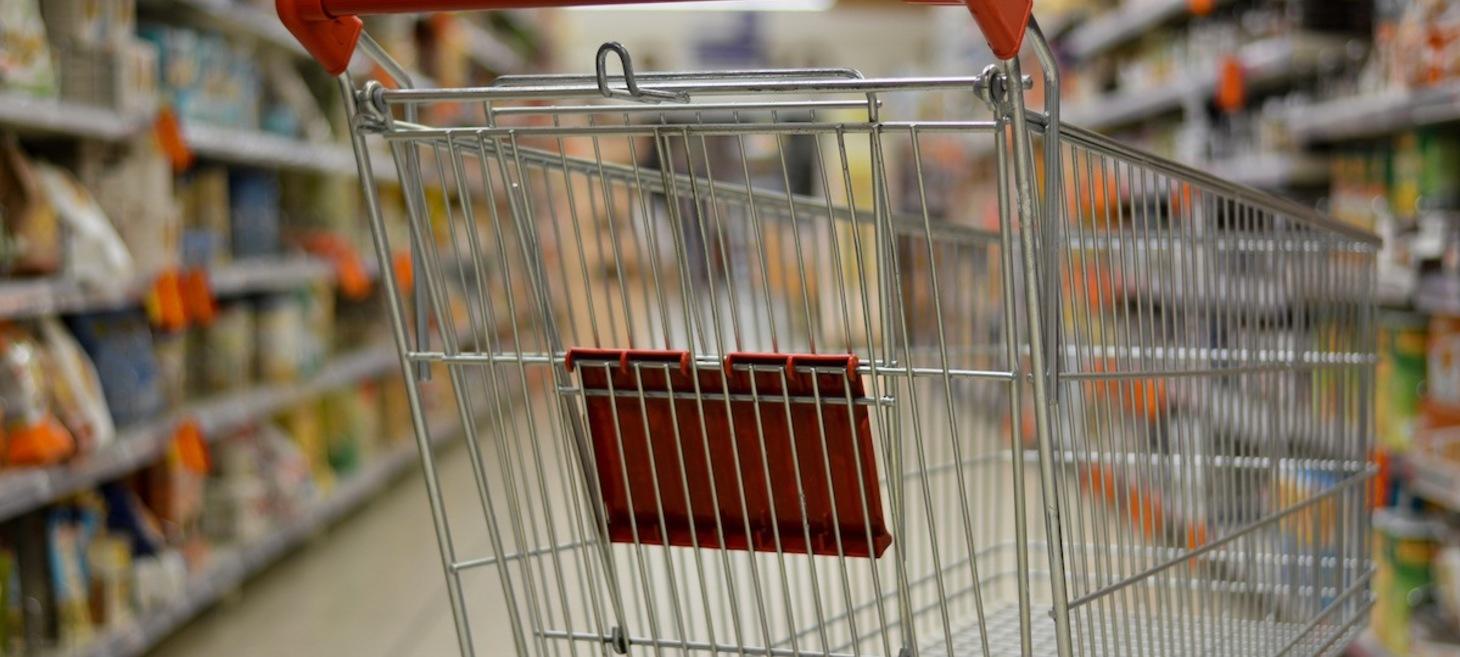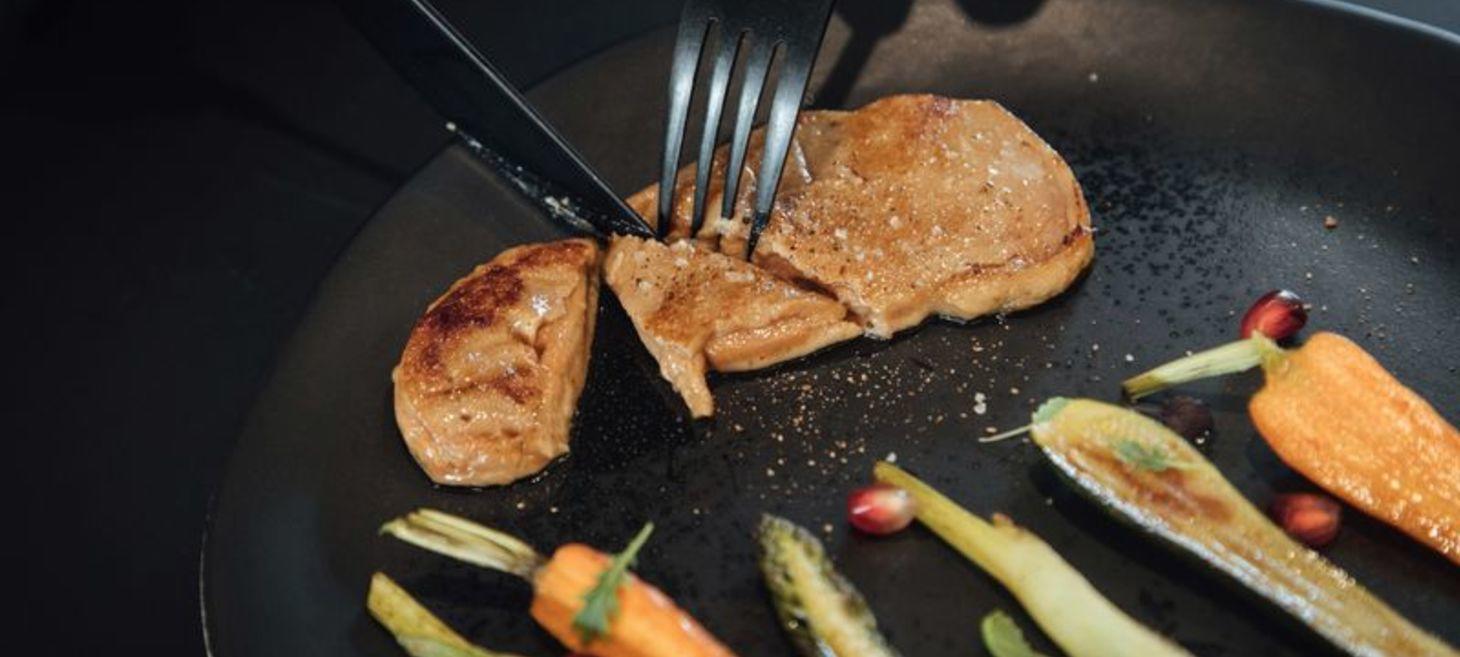 The Juicy Bits
The Juicy Bits
Summer's in full swing and BBQ is booming so much that both the Weber and Traeger grill companies recently filed IPOs to go public. These days, I guess it makes sense to enjoy a backyard meal at home. The cost of eating out just saw its biggest surge in 40 years. But for those who can afford it, please do visit your favorite restaurants. They need the money. COVID quarantines pummeled the industry and not just because of closures and restrictions. In 2020, American food spending overall dropped to historic lows. Of course, not everyone's pinching pennies. Reservations for the new $800 tasting menus at Per Se and Masa restaurants in New York City are booked out for months. And the world's oldest bourbon, circa 1760, was just auctioned off for $137,000. Yowza. If you got it, spend it.
Restaurants

The Cost Of Eating Out Sees Its Biggest Surge In 40 Years
Image Source: Nina Westervelt/Bloomberg
The price of eating out jumped nearly 1% this June. That may not seem like much but it's the biggest jump since 1981, according to the US Department of Labor. Blame it on rising costs for ingredients, equipment, and staff. Restaurateurs have been forced to raise menu prices. But $800 for a tasting menu at Per Se or Masa? That price tag has made these two of the most expensive restaurants in the country.
More Restaurant News
Restaurateurs Mario Batali And Joseph Bastianich To Pay $600,000 In Sexual Harassment Settlement
National Restaurant Tipping Average Rises 1% During The Pandemic
Chicago's Spiaggia, One Of America's Top Italian Restaurants, Closes After 37 Years
One Fair Wage Campaign Announces $1 Million Relief Fund For Restaurant Workers
Beverages

World's Oldest Bourbon Sells At Auction For $137,000
Image Source: Catherine Chen
Bottled in LaGrange, Georgia between 1762 and 1802, the bottle of Old Ingledew Whiskey includes a label that reads, "This Bourbon was probably made prior to 1865 and was in the cellars of Mr. John Pierpont Morgan from whose estate it was acquired upon his death.” Yes, that JP Morgan. Interestingly, the buyer wishes to remain anonymous, and the antique bourbon's destination is unknown.
Cooking

American Food Spending Dropped To Historic Lows During Quarantine, Despite Rising Prices
Image Source: iStock/corradobarattaphotos
US consumers spent only 8.6% of their disposable incomes on food last year, a 10.1% decrease from 2019, according to USDA data. Analysts attribute the drop to COVID-related restaurant closures and restrictions but also to the largest increase in disposable personal income in 20 years. It seems we spent our stimulus payments elsewhere.
More Cooking News
BBQ Is Booming: Both Weber Grills and Traeger Grills File IPOs To Go Public
Bourdain "RoadRunner" Documentary Explores The Celebrity Chef's Struggles And Suicide
Members Of Exclusive Chefs Club Dish On What It's Like To Cook For World Leaders
How The Pandemic Brought More Flavorful Micro-Milled Flour Into America's Kitchens
Supply Chain

Only Four Companies Supply Most American Grocery Products, Study Finds
Image Source: Julia Louise Pereira
A joint investigation by The Guardian and Food and Water Watch found that only a few transnational companies control the market for nearly 80% of common American grocery items. For instance, PepsiCo owns five of the most popular dip brands and General Mills, Kellogg, and Post own 73% of the breakfast cereals we eat. Go capitalism! The problem is that market dominance and political power by mega-companies do not generally favor consumers, farmers, and retailers.
Agriculture

Drought Forces Western Ranchers To Shrink Their Herds
Image Source: Justin Sullivan/Getty Images
In Rio Vista, California, Ryan Mahoney's cattle ranch usually gets 16 to 18 inches of rainfall a year. This year it got only 3 to 5 inches, forcing Mahoney to sell off a big chunk of his Angus cattle herd. The same goes for Andrew McGibbon's 90,000 acre cattle ranch near parched Tucson, Arizona. Worsening drought conditions are forcing Western ranchers to reconsider their sources of income.
Food Processing

Lab-Grown Foie Gras Receives Financial Backing From French Government
Image Source: Cyril Marcilhacy/Bloomberg
One of the most controversial foods, foie gras is banned in several countries and US cities like New York and Chicago. To revive the market, the public investment bank Bpifrance (backed by the French government) has chipped into a $10 million development fund for a kinder, gentler foie gras. Introduced by startup company Gourmey, the product is made from duck stem cells grown in bioreactor tanks. Some tasters say it's a fair match for the real thing. You can taste for yourself in a little over a year when Gourmey's faux gras hits the market.
Health

Alcohol Use Linked To Over 740,000 Cancer Cases Last Year, New Study Says
Image Source: markhanna/Getty Images
At least 4% of the entire world's new cancer cases can be attributed to drinking alcohol, according to a new study. Nearly 47% of those cancers were linked to heavy drinking, or more than six drinks per day. The study did not account for individual environmental, physiological, genetic and social risk factors and researchers admitted that their data may have been impacted by the pandemic.

Please Help DigestThis.news Continue
Like what you're reading? Help keep DigestThis.news going by supporting it here. Any amount helps. Thanks!
Science

Meat Scientists Reveal The Complex Chemistry Of Beef Flavors
Image Source: Cris Cantón/Getty Images
Many cooks know that searing and browning (the Maillard reactions) create the flavors we love in cooked beef. But are you aware of fat's importance? According to meat scientist Jerrad Legako, prime cuts with more marbling are richer in oleic acid, "the one fatty acid that frequently correlates with positive eating experience." Legako points out that grain-fed beef is higher in oleic acid than grass-fed. This article features an extensive chart of beef aromas and their related chemical compounds.
Last Bite

Local Foods Are Getting Plaques Just Like Historical Sites, And Applications Are Open
Image Source: Steve Bodnar/William G. Pomeroy Foundation
Salt potatoes were recently immortalized on the shores of Onondaga Lake Park in Syracuse, New York. The regional specialty was the first in a new series of roadside markers funded by the William G. Pomeroy Foundation. The foundation's Hungry for History program is still accepting applications for foods of community importance. Your local specialty could be next!
Your Ad Here!
To reach more than 50,000 engaged readers across the food and cooking industries, place a Classified ad in an upcoming issue. Classifieds are inexpensive and easy to book with a few clicks.

